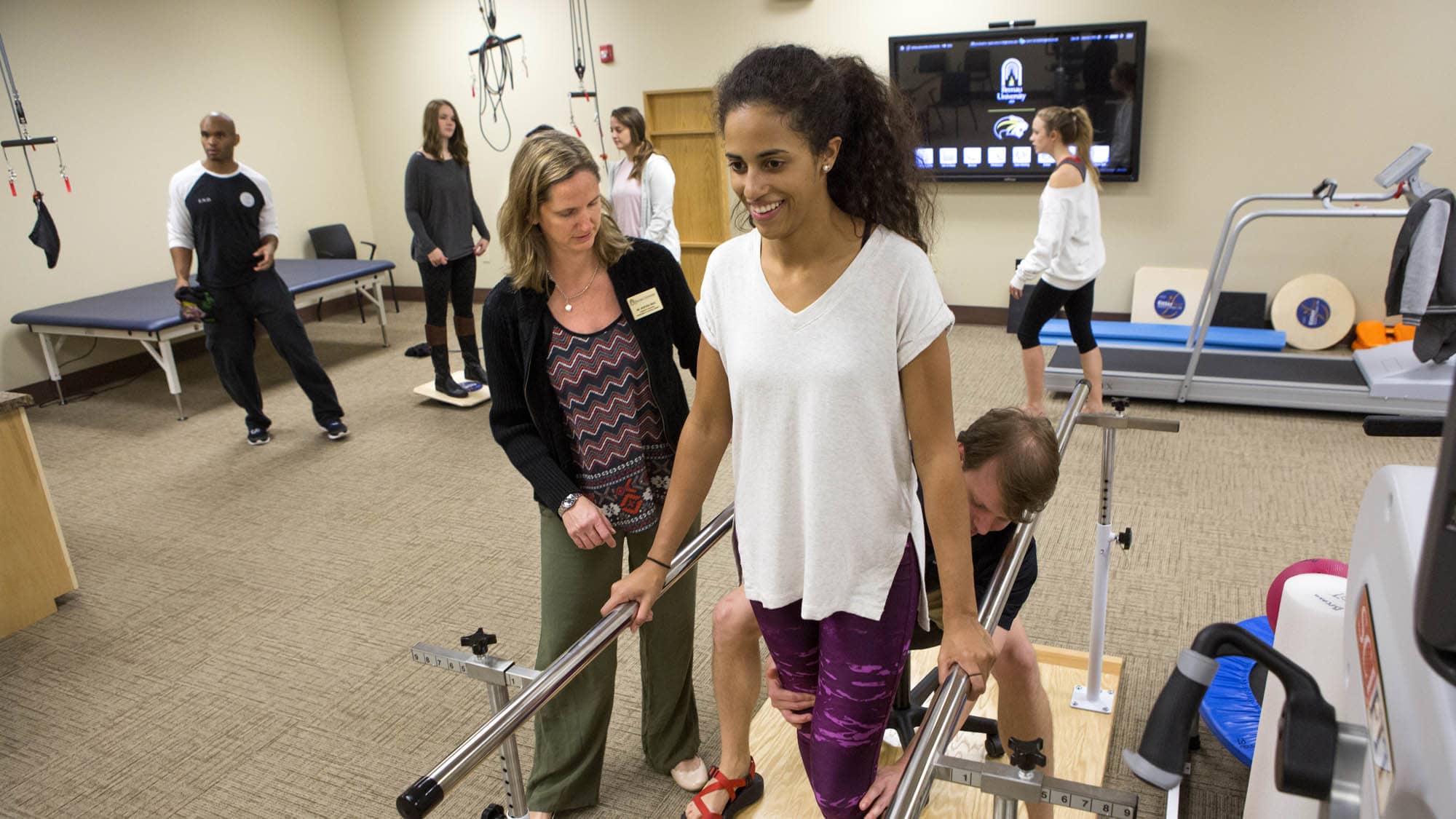Mastering the Craft of Ergonomics to Optimize Comfort and Efficiency in Workspaces
Mastering the Craft of Ergonomics to Optimize Comfort and Efficiency in Workspaces
Blog Article
Refining a art of ergonomics is essential for designing professional environments that advance comfort and productivity. Applied ergonomics is the science of engineering work environments, equipment, and responsibilities to match the needs of team members. By addressing how staff interact with their physical environment, businesses can minimize strain and prevent repetitive stress disorders. An ergonomic workspace enables natural movement and reduces strain, which can lead to improved effectiveness and engagement among employees.
One key element of ergonomic planning is the placement of furniture and equipment. Workstations should be at a level that enables users to sit with their forearms at a 90-degree angle while typing. Chairs should provide adequate lumbar stability for the lower back, promoting spinal alignment. Additionally, monitors should be positioned at eye level to prevent neck strain. By confirming that these factors are properly configured, staff can sustain a ergonomic position throughout their tasks, decreasing fatigue and improving focus.
An additional critical consideration in an well-designed workspace is the use of supportive devices and hardware. This includes keyboards, mice, and other devices crafted to limit cumulative trauma disorders. For instance, using an ergonomic keyboard can contribute to relieve wrist pain caused by repetitive typing. Furthermore, adjustable chairs and sit-stand desks allow employees to change their position throughout the day, which can relieve postural fatigue and increase alertness. Investing in high-quality ergonomic tools can generate optimal work published here habits and higher productivity rates.
Lighting is also a core pillar in occupational planning. Balanced lighting can minimize eye strain and make it easier to engage with their job functions. Daylight is preferable, but if that is not accessible, using task-specific artificial lighting can assist in maintaining a functional atmosphere. It is important to avoid overhead fluorescent lights that may induce migraines or fatigue. By providing ergonomic lighting, organizations can foster an environment that supports both clarity and work quality.
To conclude, encouraging regular breaks is vital for preserving an healthy workspace. Encouraging staff to take brief breaks can help alleviate bodily stress and cognitive strain. During these breaks, users should be encouraged to perform mobility exercises or get up to improve physical engagement. Structuring scheduled break times can facilitate build a routine that protects employee wellness without sacrificing work results. you could look here Overall, embracing ergonomics in the professional environment not only boosts comfort but also supports a more sustainable work culture where employees can excel.